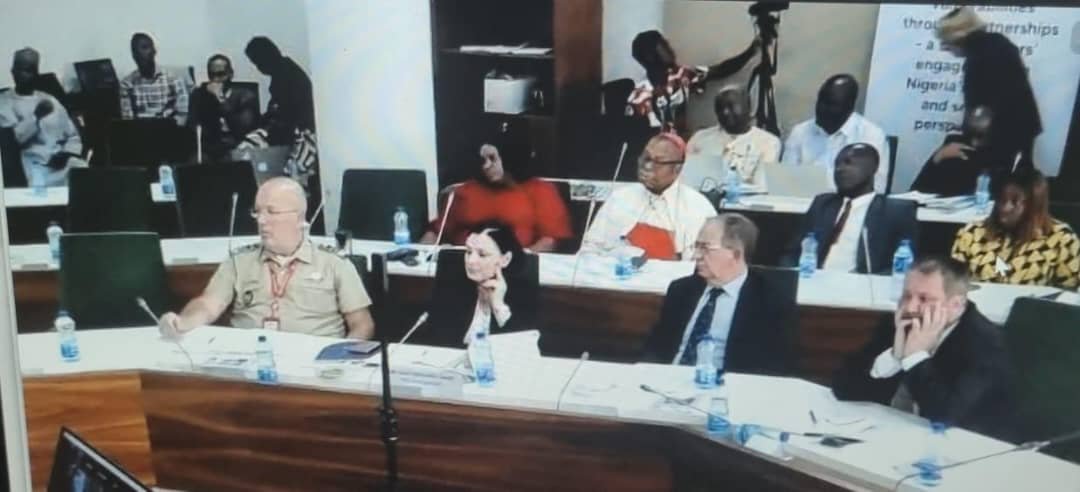12 years and 26,000 people: the biggest basic income experiment yet
Brazil’s conditional cash transfer scheme, Bolsa Familia, has helped 36 million citizens emerge from extreme poverty since 2003. Through Bolsa Familia, the country’s poorest households are given a monthly cash handout of $22 on the condition that children go to school and get regular health check-ups. In the 14 years since it began, the pioneering program has been replicated in some 40 countries across the world, including Mexico, Indonesia, South Africa and Morocco.
Results & Impact
In the ten years since Bolsa Familia was introduced, the percentage of Brazilians living in extreme poverty has halved, from 9.7% to 4.3%. Income inequality has also been reduced by 15%. The scheme has incentivised parents to invest in their children’s future by making health check-ups and regular schooling a requisite for receiving direct cash transfers. Now, children are 10% more likely to attend school if their parents receive Bolsa Familia checks, and expectant mothers are 25% more likely to get health checks.
Key Parties
Brazil’s federal government, World Bank
How
To run Bolsa Familia, the government needs real time data on families living below the poverty line, which proved a challenge as many live in illegal slums, rural areas or on the streets. To determine households’ eligibility, monitor that they meet requirements and deliver benefits, Brazil established Cadastro Unico, a central registry of poor families in Brazil. CadUnico maintains data on each household’s members, income and living space. Most critically, it allows Brazil to accommodate families without a formal, permanent address, which welfare systems in other countries tend to exclude. In place of an official address, families are asked what type of public space they live close to – with options like a nearby avenue or river – and what type of dwelling they inhabit, such as an abandoned lot or shack.
Target Group
Low-income people, city dwellers, rural population, unemployed people
Cost & Value
Bolsa Familia costs 0.5% of Brazil’s GDP to run
Stage
Running since 2003
Hurdles
Some critics say the program creates a culture of dependency in Brazil, and disincentivises low-income people to work. Others say the $22 monthly payments do little to keep the country’s poor above a subsistence level.
Replication
40 governments around the world have introduced their own versions of Bolsa Familia, including Chile, Mexico, Indonesia, South Africa, Turkey and Morocco.
The Story
Brazil aims to break intergenerational cycles of poverty by giving extremely poor families – which tend to exist outside the country’s formal economy – direct payment transfers tied to their children’s health and education.
Bolsa Familia – “family grant” – is a conditional cash transfer scheme that provides a monthly payout of about $22 to 13.8 million low-income households, roughly a quarter of the country’s total population. Since 2003, 36 million Brazilians have been lifted out of poverty, a feat that has been partly attributed to the Bolsa Familia scheme.
The goals of the Bolsa Familia program are to reduce current inequalities, which it does through direct cash transfers, and lift the next generation out of poverty by mandating health and education requirements. Bolsa Familia payments are conditional: families will only receive monthly checks if their children under 17 attend school on a regular basis, are vaccinated by age five and attend regular check-ups until age six. Pregnant women must also visit clinics for pre- and post-natal care.
The allowance is given preferentially to a female head of households through “Citizen Cards” mailed to the family. The cards are issued by Caixa Econômica Federal, a government-owned bank, and operate like debit cards. The funds can be withdrawn in more than 14,000 Caixa locations.
Unlike other benefit schemes, Bolsa Familia does not overlook or purposely exclude families without a formal, permanent address. Brazil’s favelas – slums that are technically illegal – do not have addresses or zip codes, making it difficult for governments to track inhabitants, or deliver benefits to them. Other Bolsa Familia recipients live in the countryside or jungle, or are homeless.
To run Bolsa Familia, Brazil’s central government must register families, get Citizen Cards to them, ensure their eligibility through identification and dwelling information and monitor their follow-through on the program’s health and education requirements. To meet this challenging task, Brazil’s central government established Cadastro Unico (CadUnico), a central registry of poor families in Brazil. CadUnico maintains data on 40% of Brazilian households – some 80 million people.
To determine which families are eligible for Bolsa Familia benefits, CadUnico compiles information on each household’s members, income and living space through household surveys. Most critically, it accommodates unconventional housing arrangements. In place of an official address, families are asked what type of public space they live close to – with options like a nearby avenue or river – and what type of dwelling they inhabit, such as an abandoned lot or shack. These accommodations are categorised as “improvised.”
CadUnico costs 0.6% of Brazil’s GDP to run. Its comprehensive data sets serve as the basis for some 30 social benefits programs.
Bolsa Familia targets households with a yearly per capita income of less than $828. Currently, some 49 million people benefit from the scheme, which was designed in concert with the World Bank. The World Bank has provided the Brazilian government with technical and financial support since the program began.
Through Bolsa Familia, Brazil has incentivised families to invest in their children’s future. Under the scheme, children can only miss 15% of classes. If they skip any more than that, schools notify the government and payments are suspended for the entire family, which has proved a powerful incentive for regular schooling. The Brazilian government says that children are 10% more likely to attend school if their parents receive Bolsa Familia checks. The program has particularly improved education outcomes for girls: the chances of a 15-year-old girl staying in school has increased by 21%. Expectant mothers that receive the benefits checks are also 25% more likely to get health checks. The Brazilian government also estimates Bolsa Familia has led to a decline in child labour.
According to a 2012 University of Minnesota study, the Bolsa Familia project has increased total student enrolment by 6.5% in grades five through eight. The study suggests that improved education outcomes could translate into higher incomes for adults.
When Bolsa Familia was launched, the program was met with a great deal of scepticism. In 2003, Brazil was spending 22% of its GDP on the social sector, including education, health, social protection and social security. The various programs were having little effect on poverty reduction. When the central government introduced Bolsa Familia, Brazilians doubted the program – which was funded by less than 0.5% of the country’s GDP – could have a tangible effect on inequality. But by 2013, Brazil had halved the percentage of the population living in extreme poverty – from 9.7% to 4.3% — and reduced income inequality by 15%.
The redistribution of income to Brazil’s poorest can be attributed to a number of factors. Government policies, such as the introduction of a minimum wage and measures to formalise employment, certainly played a role. Changing demographics, the evolving nature of work and women’s participation in the labour market were also contributing factors. The Brazilian government attributes a third of the fall in income inequality to Bolsa Familia. Others place the figure at 15% to 20%.
The scheme has been a source of contention in the country. Some critics say the program creates a culture of dependency and erodes incentives to work – others say that the monthly payments of just $22 a month barely keep the nation’s poor above a subsistence level.
However, Bolsa Familia is widely viewed as a successful inequality reduction strategy. Some 40 governments around the world have introduced their own versions of the scheme, including Chile, Mexico, Indonesia, South Africa, Turkey and Morocco.
(Photo credit: Flickr/World Bank)




